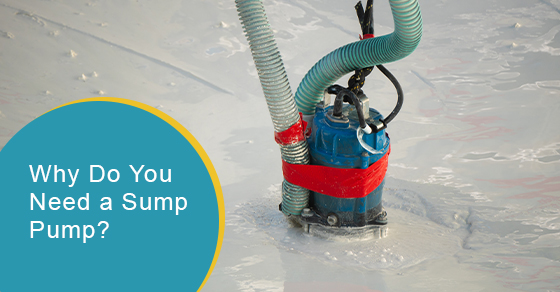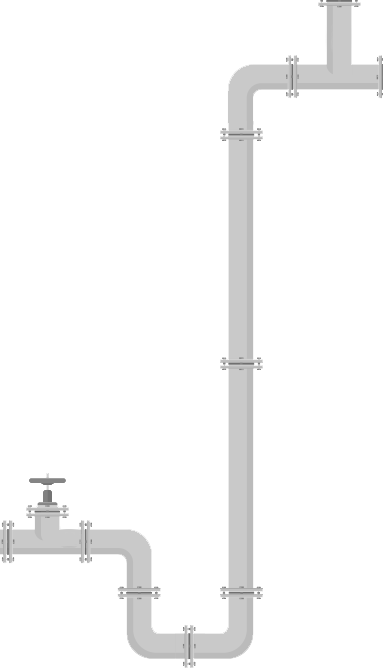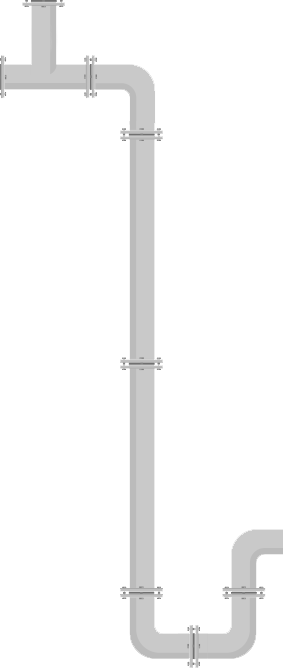Why Do You Need a Sump Pump?
Posted by Jason Genah on 14-06-2021

Plumbing and drainage systems are complex beasts. While we rely on them to handle our waste products and deal with the many things that we run through them, most of us, barring experts like we have at Drain King Plumbers, have little idea of how these systems actually work and how they keep our daily operations running.
This innocent ignorance, then, is what may lead you to wondering: what exactly is a sump pump and why in the world would you need one? Well, this article aims to answer those questions, and we’re sure that by the time you finish reading you’ll not only understand what it is, but will likely want one for your own home, especially given all the hidden and not so hidden benefits that you may be liable to reap as a result.
What is a sump pump?
Before we answer this burning question, we also need to answer what exactly a sump is referring to.
Basically, depending on the location and age of your home, there may be something called a sump pit located right below your house’s foundation. This pit essentially is an area where water tends to accumulate.
More to the point, then, a sump pump is basically a pump that you install in the lowest point of your house, such as your basement, and then which will work to pump out any water, sump, that accumulates over time in flooding scenarios.
Like any pump, it can come in a variety of different installation methods. Some, for instance, might use a pressure sensor to know when to empty things out, while others might have a floatation activator similar to how your car’s gas tank works.
Regardless, the sump pump will use centrifugal force to create a low-pressure environment, sucking water in like the gaping maw of a black hole, and then forcing it out through a different pipe that will dump it somewhere far away from the pristine confines of your house.
As an interesting tidbit, you may like to know that a check valve can be used to prevent water from trickling back into the pipe, meaning that it will only funnel water away without any concern on your end.
How do I know if I need one?
This is the not-quite million dollar question. Basically, whether you need one is entirely dependent on whether your home is likely to accumulate water over time. This is something that you’ll have to assess based on environmental and circumstantial factors.
For instance, if floods are a constant issue in your area, then you will almost certainly need one. You also want to assess just how moist your lowest point is. Check to see if excess moisture tends to gather, which could be a sign you need a sump pump.
However, if you find that there isn’t really any standing water in your home, and if your basement is typically completely dry, then you’re probably safe. Even if there is moisture, you can first try running a dehumidifier for a while to see if it goes away. If it does, then the problem is solved. If it comes back again after being dehumidified, that may be a sign that you need to go ahead and spring for a professionally installed sump pump.
Sometimes, this can be hard to assess on your own, which is why it may be worthwhile to get a home inspection done along with a subsequent report that will let you know if your basement needs a sump pump. Here are some other signs that you may need one if you don’t want to go the full home-inspection route.
If your home is built on flat ground with soil that absorbs water to a great degree, then you may need a pump. If you live in a climate with lots of snow or rain, a pump could help. Also, if you already have a sump pump that’s been operating for 10 years or so, it may be time to replace it.
Of course, you have to measure the value of your goods. If your basement is nicely furnished and you don’t want it to take any water damage, then it may be worth investing in a protective sump pump.
Installation
So, if you’ve decided that you need a sump pump for whatever reason, you’re probably wondering how the installation process works.
First, you’ll have to pony up a fee ranging from $1100 to $2900, depending on the model you choose. You’ll also need to consider the location of the installation and any unexpected complications that add to the final cost via extra labour fees. It’s always cheaper to replace one than to build an entirely new pump.
From there, you’re basically ready to sit back and reap the rewards. After all, you’re paying these experts for their services and you can rely on them to handle the installation completely by themselves without needing to worry about the nitty gritty or getting your hands dirty.
Also, remember to tip your experts!
The Final Word
Sump pumps roll off the tongue quite nicely, and is a term that’s likely to stick around bouncing inside your head longer than you might expect. It’s a good thing that they’re so memorable, too, because in many ways they can be vital to a properly functioning home. By targeting the accumulated water in the low points of your house, it can help prevent water damage and excess flooding or standing water.
While it can be a somewhat pricey investment, it’s one that’ll pay off in terms of security and home comfort. It’s also as easy to install as getting some experts, paying them a reasonable fee, and then sitting back and reaping the benefits.
If you didn’t know what a sump pump was heading into this article, you do now. More importantly, you’ve likely realized just how important one can be and how helpful to your life and plumbing systems it can be. Of course, if you want one set up, you’ll certainly need some expert help; if that’s the case, then feel free to contact us at Drain King Plumbers for your sump pump installation services in Toronto. We can be called at 833-984-1810 or via our website here.




